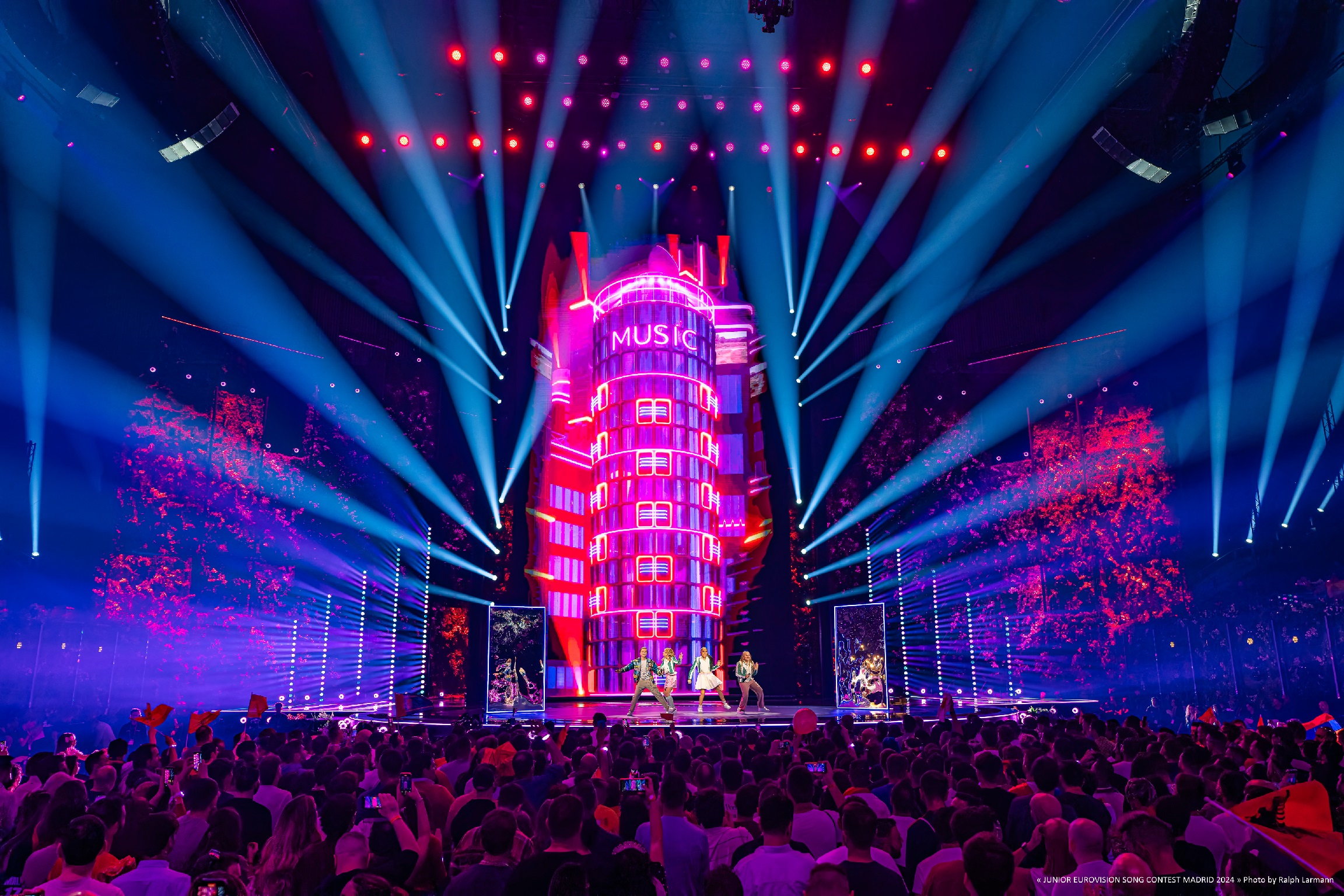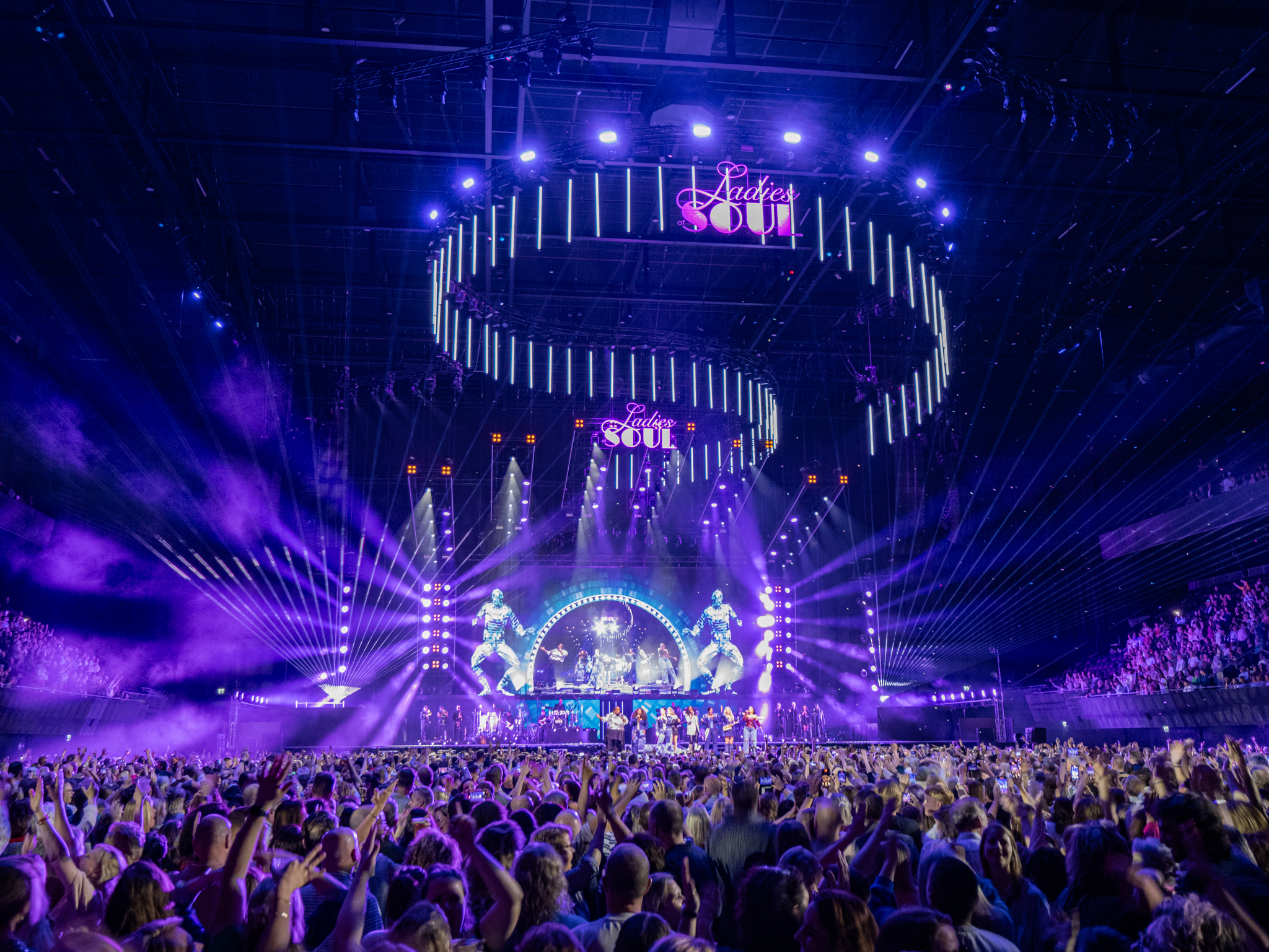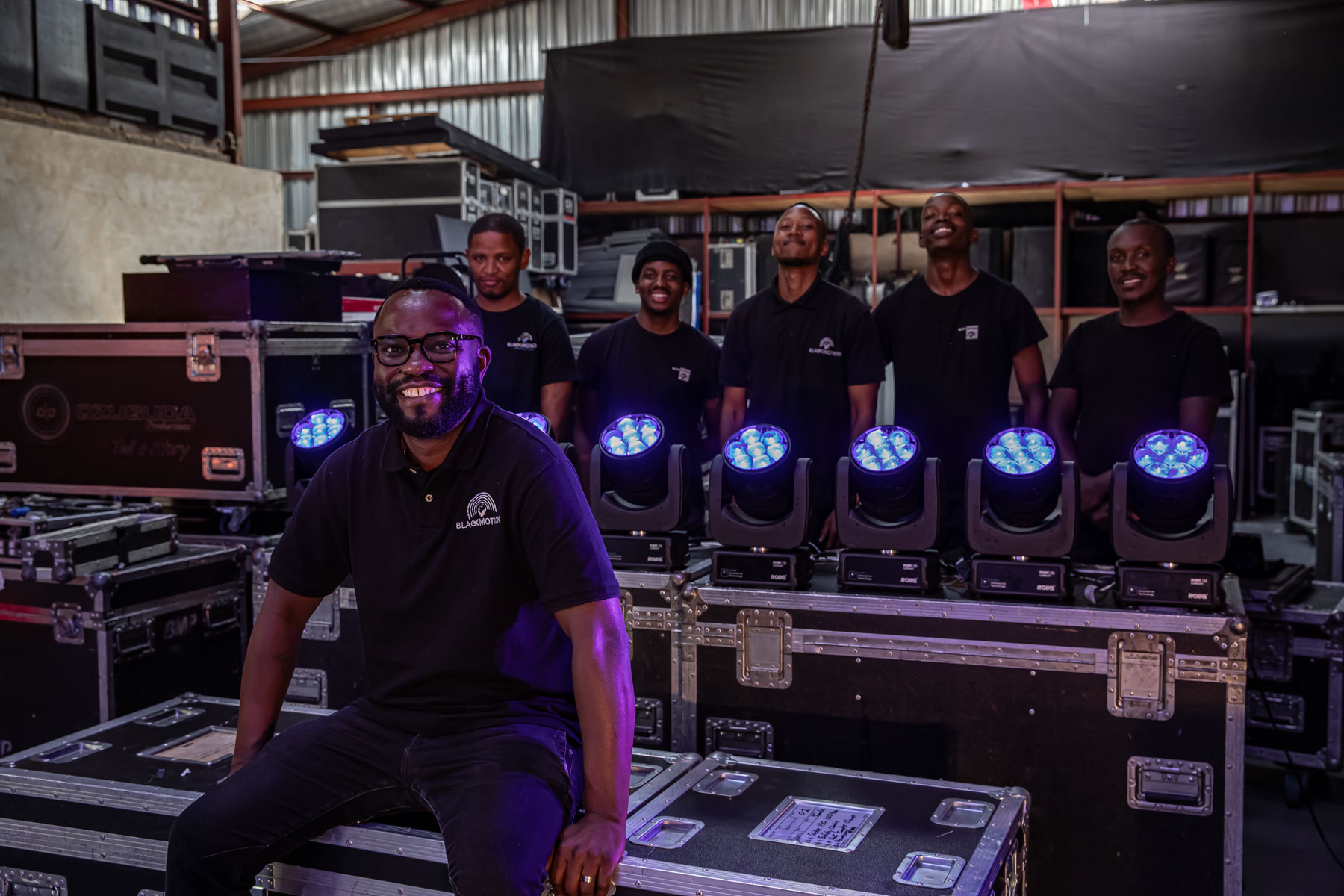BOLOGNA, Italy – The Teatro Comunale di Bologna was designed in the 17th century by Antonio Galli da Bibbiena, with a bell-shaped auditorium that consists of four tiers of boxes with a royal box and gallery. Clay Paky moving lights were chosen to enhance the lighting without detracting from the aural experience. Since it was built, the venue has staged productions created by practically all the major composers, including Rossini, Puccini, Verdi, Wagner, Mozart and Donizetti.
Late last year, lighting department managers / lighting designers Daniele Naldi and Andrea Oliva felt the need to expand the number of lights. Once they received the go-ahead and fixed budget from the Bologna city council, they researched the major brands of moving lights.
Renato Ferrari, Clay Paky's sales manager for Italy, and Clay Paky lighting designer Marco Zucchinali went to Bologna and staged a demo for the opera house technical staff.
"We were very keen to get the whole lighting staff involved," said Naldi and Oliva, "not just us, but everyone, including the lighting desk operator Lorenzo Gaudenzi, and all the stagehands. We wanted them all to give us their opinions according to their specific roles so that everyone would agree on the final choice."
Naldi noted that in an opera house prized for its acoustics, silent operation is by far the most important feature for a light. "We cannot run the risk of purchasing lights and then hearing the conductor say in a huff: ' I can't work with all this row!'"
Before making their decision, the opera house technical team carried out extensive noise level testing on all the spotlights being considered, and the Clay Paky Alphas passed the test.
Other factors behind the choice of fixtures included luminous efficiency and light quality, flexibility of use, and the ability to stay within budget.
"The ideal stage for today's theatre is one which is both technological and flexible at the same time," noted Oliva. "With technology, you can create light settings unimaginable with conventional theatre spotlights. With flexibility, you can combine all the functions you had before using several different kinds of light into a single unit. That means less room taken up and less equipment than before."

"Our first work with Alphas was Salome, directed by Gabriele Lavia," added Naldi. "The Alpha Washes were perfect from all points of view. I had absolutely no problems. I particularly appreciated the amount of light delivered and the very linear color change. You do not notice the changeover from one shade to another.
"The Alpha Profiles were used to shape beams with precision, and in some scenes they were absolutely irreplaceable," Naldi added. "An excellent example is when I followed the great axe with a shaped beam as it came down from the sky to the ground, ending up with complete beam closure. I could never have achieved a similar effect with any other light on the market."
The lighting desk operator, Lorenzo Gaudenzi also credited the gear. The Clay Paky Alphas have proved to be extremely easy to use and program. They interface perfectly with the remote control desk, and even the odd bit of maintenance they need is easily and effectively manageable."
Naldi and Oliva also credited the company for helping them stay within budget. "Bologna city council provided enough funds to purchase eight professional washlights, but thanks to Clay Paky we were able to buy 12," they noted. "In practice, the Alpha Profiles are a welcome addition to our expectations. Now we can't do without them."
For more information, please visit www.claypaky.it.



